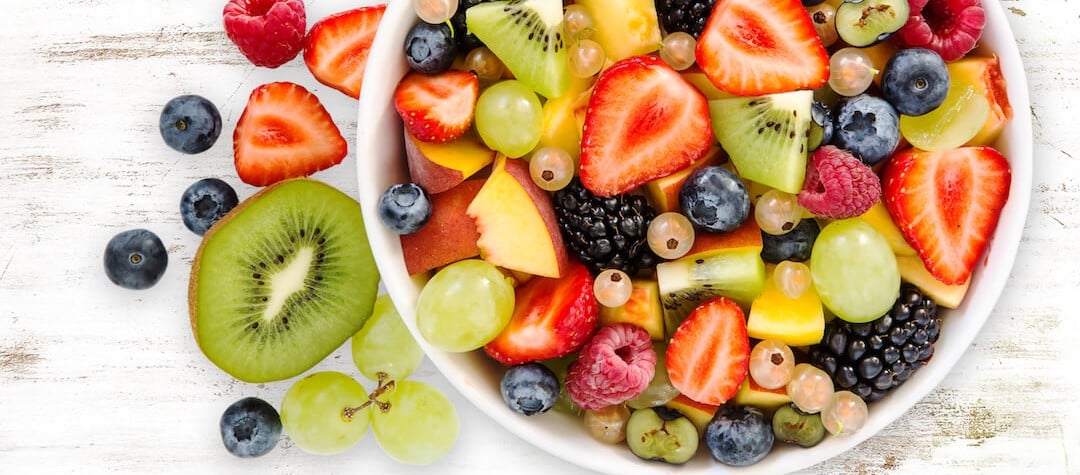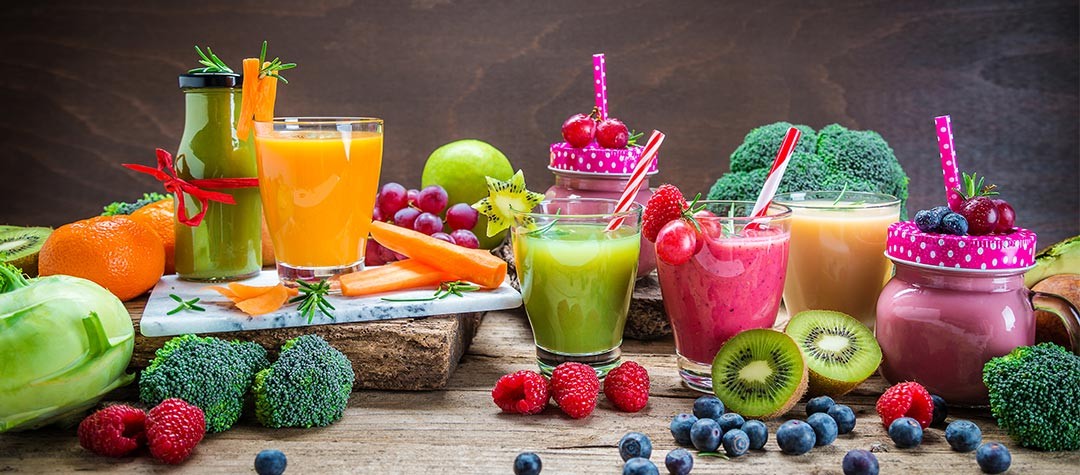What is starch? Starch is a complex carbohydrate found in foods like bread, rice, pasta, potatoes and breakfast cereals but how important is it to include starch in your diet?
Starchy (complex carbohydrate) foods fill you up and provide energy. They should therefore be the main part of every meal and eaten as snacks too (an average woman needs to consume about 300g of carbohydrate per day and a man needs about 400-450g per day). Approximately one third of a person’s total food intake should come from starchy foods.
These types of foods provide the body with its main source of energy. When they are digested, they are broken down into glucose which is the body’s main fuel.
Starch is a form of carbohydrate, which is then broken down by the body into simple sugars that are absorbed by the bloodstream and provide energy for all the functions in the body, for example for the brain, muscles and nervous system. Starchy foods also contain fibre, B vitamins, calcium and iron.
Starch is a natural appetite suppressant
It is difficult to eat too much starchy food as they are natural appetite suppressants; the satiation centre in the brain seems to be triggered more quickly when people eat carbohydrate foods than when they eat fatty foods.
People with diabetes are not able to produce insulin and may have to take insulin injections or tablets. They also have to eat regular amounts of starchy foods to keep their blood sugar levels stable.
To get the most out of your intake of starchy foods, choose wholegrain versions of carbohydrates...
To get the most out of your intake of starchy foods, choose wholegrain versions of carbohydrates and where possible leave the skin on potatoes as both contain more fibre.
A common misconception about carbohydrates is that they are fattening, but gram for gram, they contain less than half of the calories of fat. Instead it is the added fats used when cooking carbohydrates that increase the calorie count. For example, a pasta dish which contains a creamy sauce will be higher in fat than a plain pasta dish because of the contents of the sauce, rather than what is found in the carbohydrates.
What are the best sources for starch?
To increase the amount of starchy foods you consume, for breakfast try to eat wholegrain cereals, porridge or oats. Then for lunch try a rice or pasta dish, with less sauce, or have a baked potato with the skin on. Also when eating bread, try seeded or granary varieties.
Carbohydrates are also often measured on the GI (Glycaemic Index) scale, this determines how quickly the glucose from foods containing carbohydrates enter the bloodstream after they have been consumed. For example, foods with high GI levels (such as white bread and baked potatoes) raise blood sugar levels quickly. In comparison, low GI foods (such as wholemeal bread and pasta) cause a more steady rise in blood sugar levels.
People who take part in endurance sports will often choose to consume low GI foods as they provide sustained energy for the duration of their sport.














